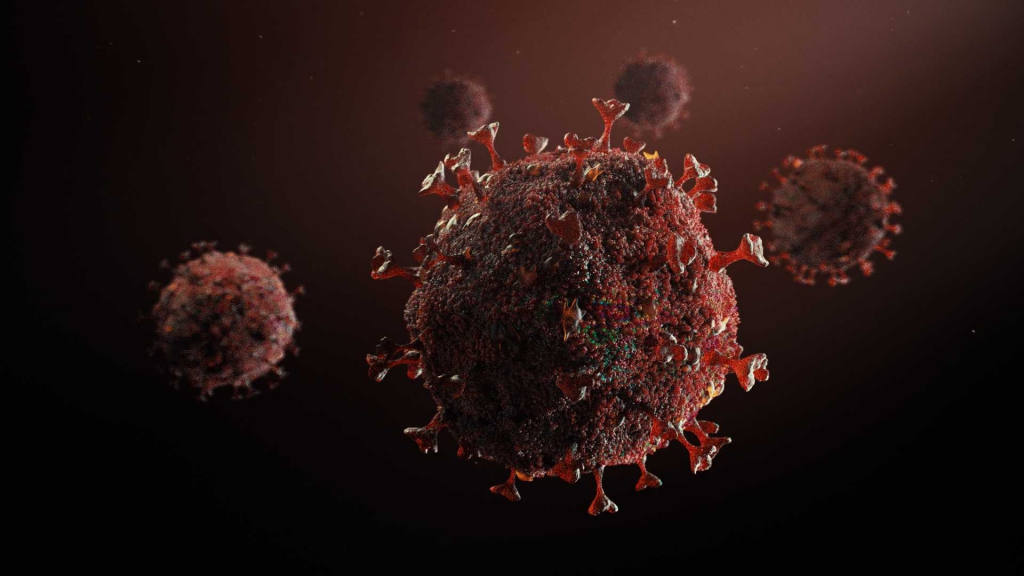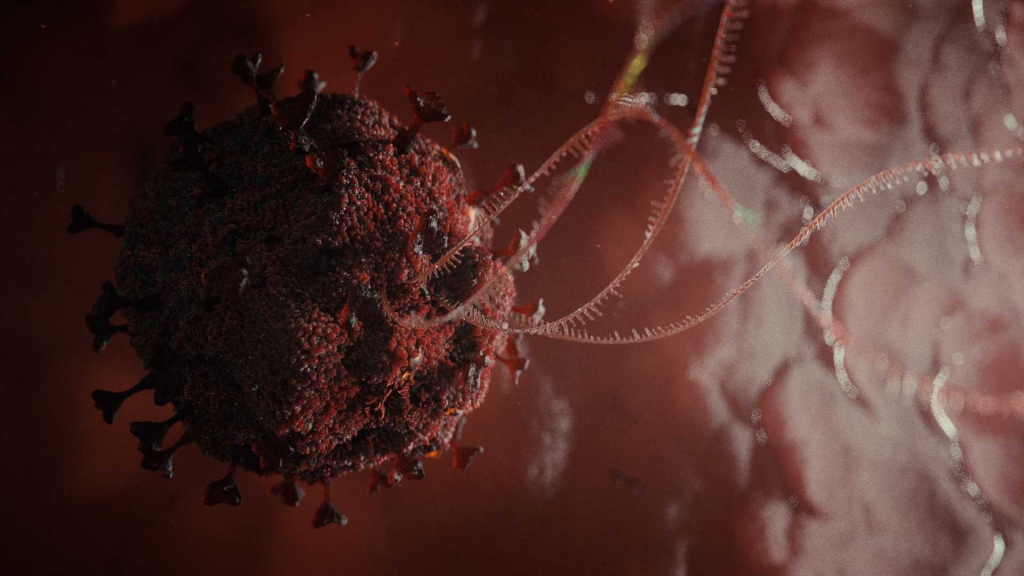Politico has a report about how, during the Obama administration, the National Security Council developed a 69-page Pandemic Playbook (10mb PDF) designed to guide high level decision making during a serious disease outbreak.
The goal of the Playbook For High-Consequence Emerging Infectious Disease Threats and Biological Incidents (Playbook) is to assist U.S. Government experts and leaders in coordinating a complex U.S. Government response to a high-consequence emerging disease threat anywhere in the world with the potential to cause an epidemic, pandemic, or other significant public health event, by providing a decision-making tool that: identifies: (1) questions to ask; (2) agency counterparts to consult for answers to each; and (3) key decisions which may require deliberation through the Presidential Policy Directive (PPD)-1 process or its successor National Security Council process. The Playbook also includes sample documents that can be used for interagency meetings that need to be called at each stage. While each emerging infectious disease threat will present itself in a unique way, a consistent, capabilities-based approach to addressing these threats will allow for faster decisions with more targeted expert subject matter input from Federal departments and agencies.
According to Politico,
The NSC devised the guide — officially called the Playbook for Early Response to High-Consequence Emerging Infectious Disease Threats and Biological Incidents, but known colloquially as “the pandemic playbook” — across 2016. The project was driven by career civil servants as well as political appointees, aware that global leaders had initially fumbled their response to the 2014-2015 spread of Ebola and wanting to be sure that the next response to an epidemic was better handled.
The Trump administration was briefed on the playbook’s existence in 2017, said four former officials, but two cautioned that it never went through a full, National Security Council-led interagency process to be approved as Trump administration strategy. Tom Bossert, who was then Trump’s homeland security adviser, expressed enthusiasm about its potential as part of the administration’s broader strategy to fight pandemics, two former officials said.
. . .
It is not clear if the administration’s failure to follow the NSC playbook was the result of an oversight or a deliberate decision to follow a different course.
The document rested with NSC officials who dealt with medical preparedness and biodefense in the global health security directorate, which the Trump administration disbanded in 2018, four former officials said. The document was originally overseen by Beth Cameron, a former civil servant who led the directorate before leaving the White House in March 2017. Cameron confirmed to POLITICO that the directorate created a playbook for NSC staff intended to help officials confront a range of potential biological threats.
But under the Trump administration, “it just sat as a document that people worked on that was thrown onto a shelf,” said one former U.S. official, who served in both the Obama and Trump administrations. “It’s hard to tell how much senior leaders at agencies were even aware that this existed” or thought it was just another layer of unnecessary bureaucracy.


